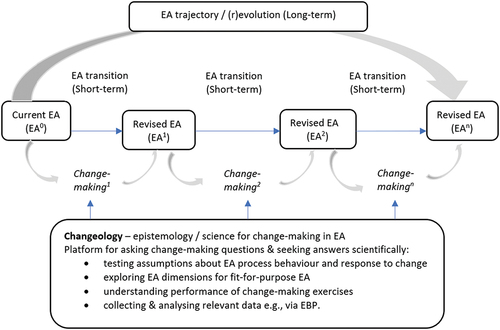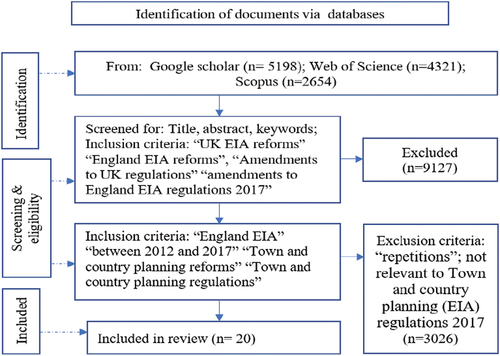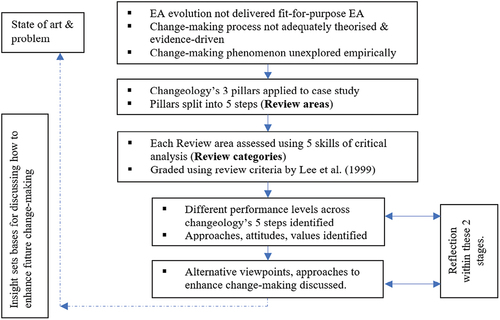Figures & data
Table 1. Fundamental elements of a selection of common change-making models (see Hiatt Citation2006; Atkinson et al. Citation2015; Hicks Citation2022).
Table 2. Key documents from literature search containing the rationale, approaches and inputs that resulted in directive 2014/52/EU (EC European Commission Citation2014) and the regulations.
Table 3. Grading scale to assess extent changeology’s elements were applied, making changeology the benchmark (Source: adapted from Lee et al. Citation1999).
Table 4. How the review areas (rows) and review categories (columns) were scored.
Table 5. How changeology can enhance change-making in EA (competent understanding of the nature of EA process, sound methods for effecting desired change), focusing on scientific methods and the evidence base.
Figure 3. Role of changeology in informing change-making to deliver fit-for-purpose EA, from the start (EA1) to the long term (EAn), following cumulative effects of several iterations. EAn can be revolutionary when compared to EA0 if the intermittent change-making have been consistently pursuing fitness-for-purpose.



